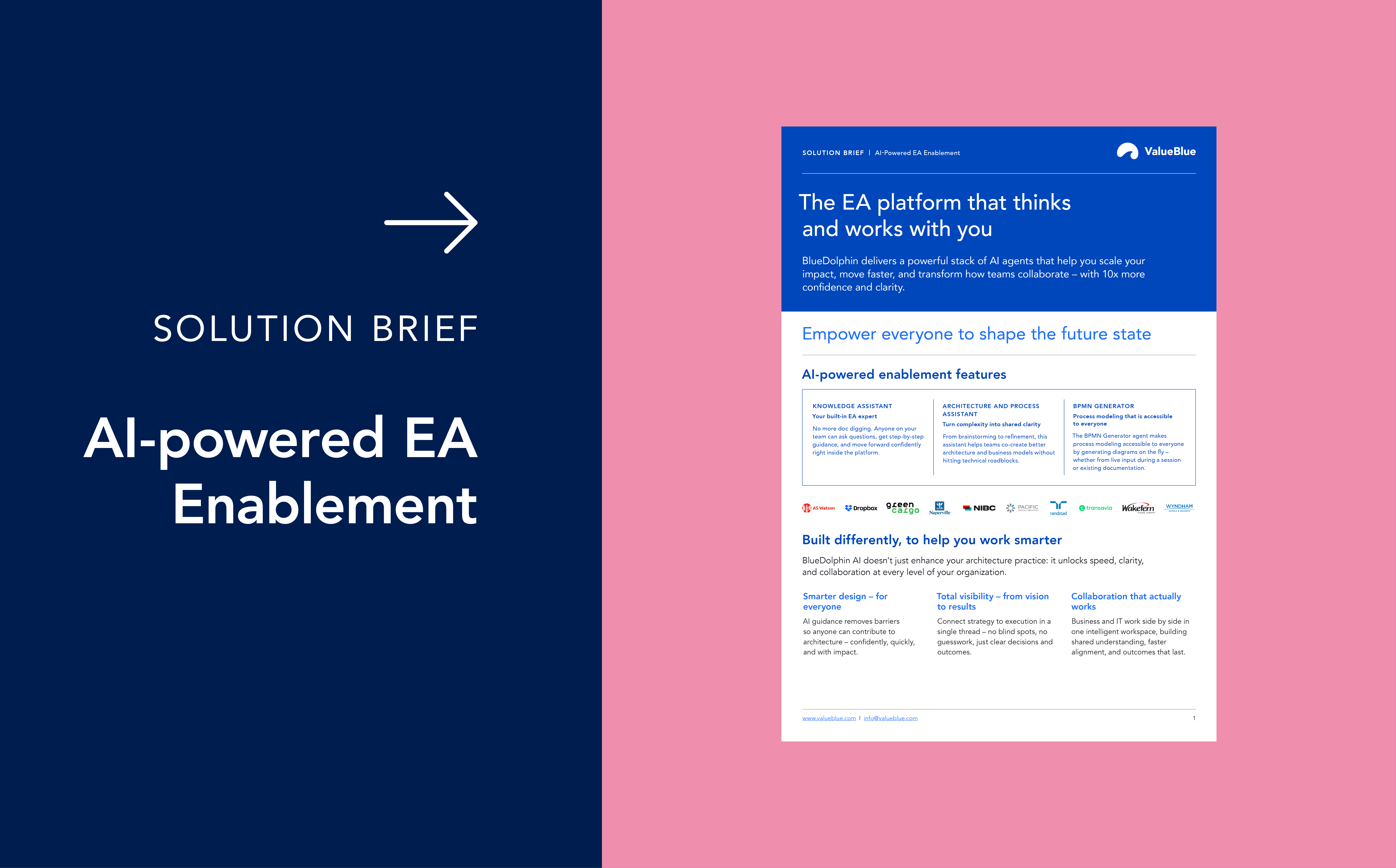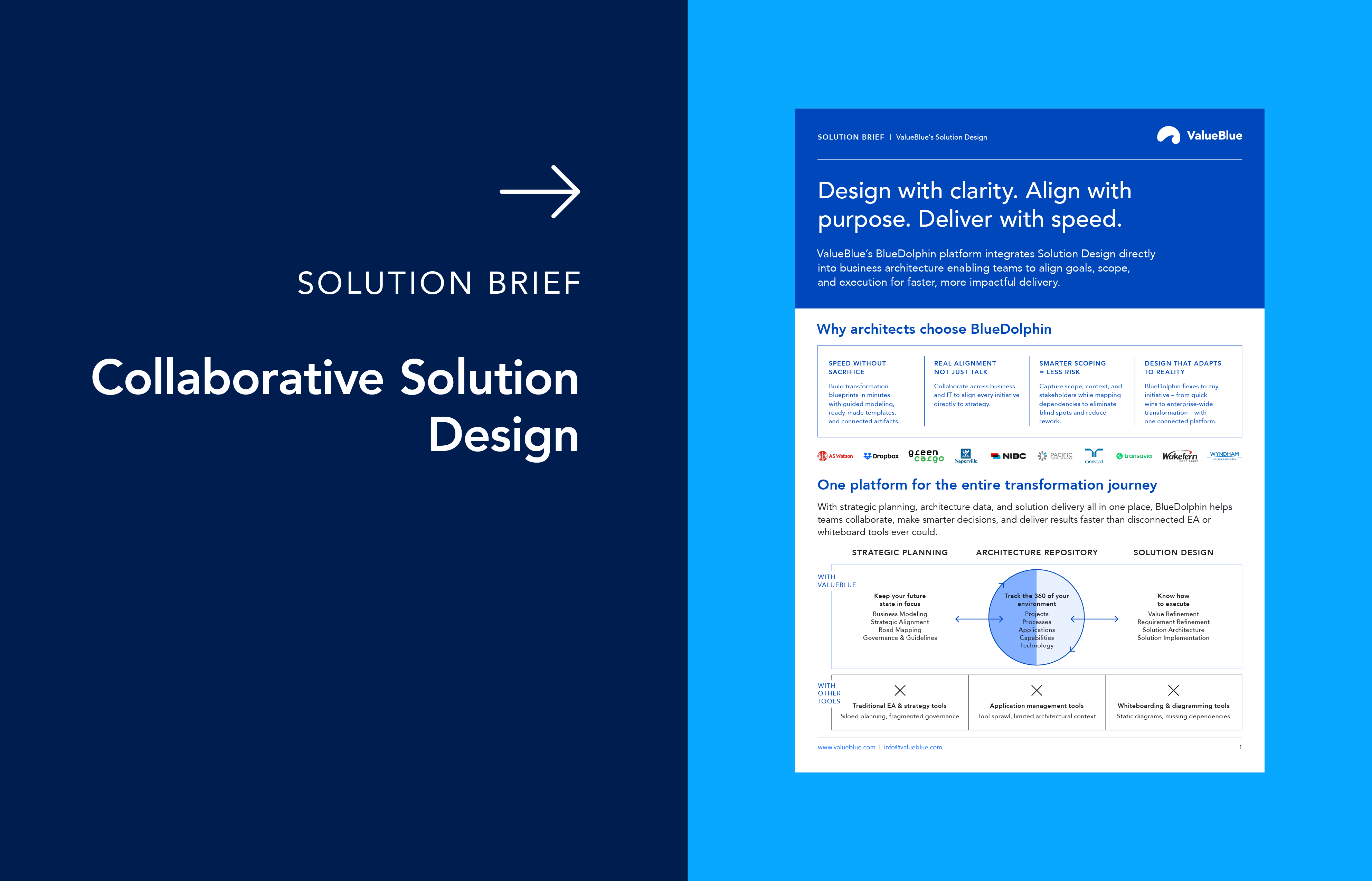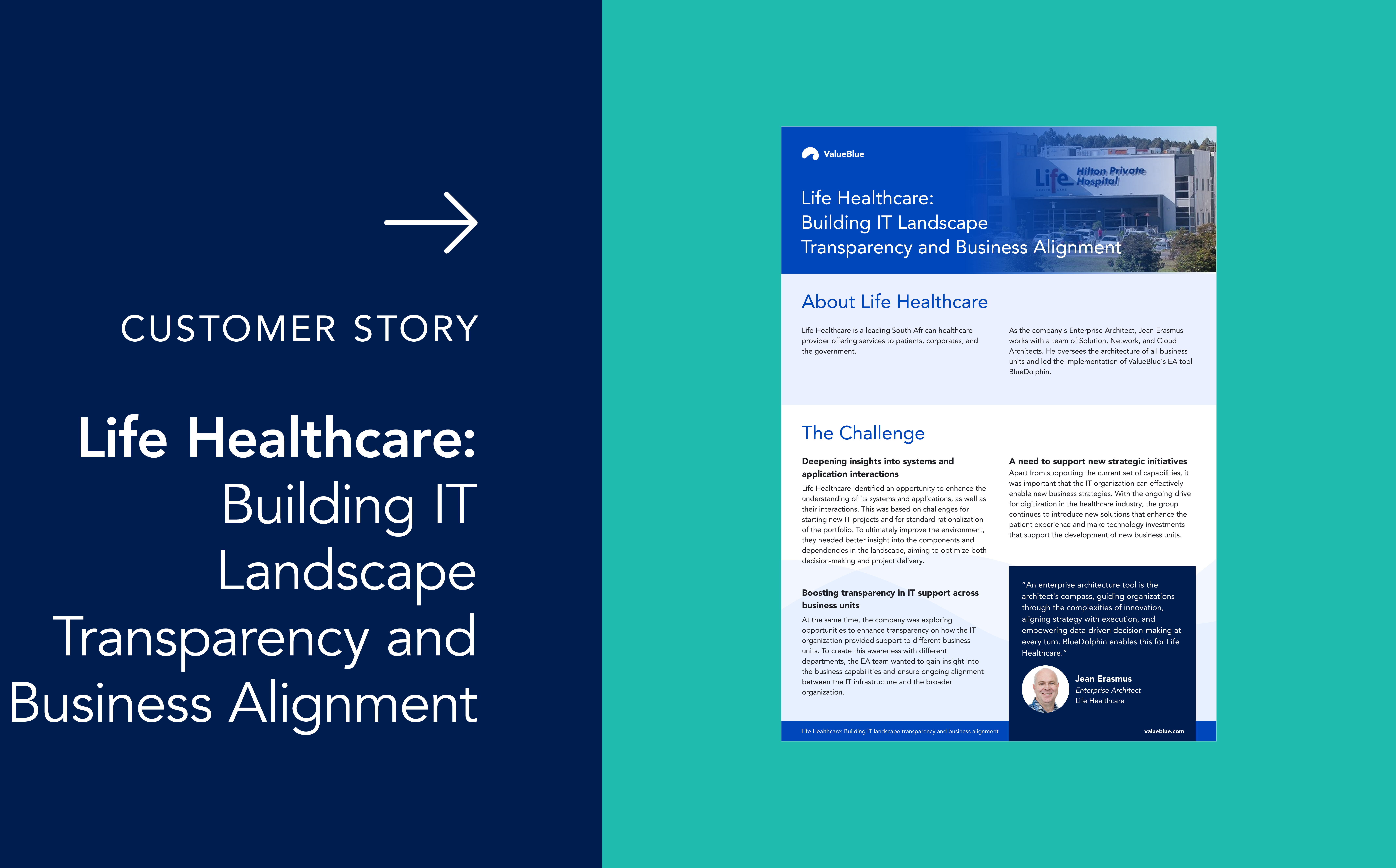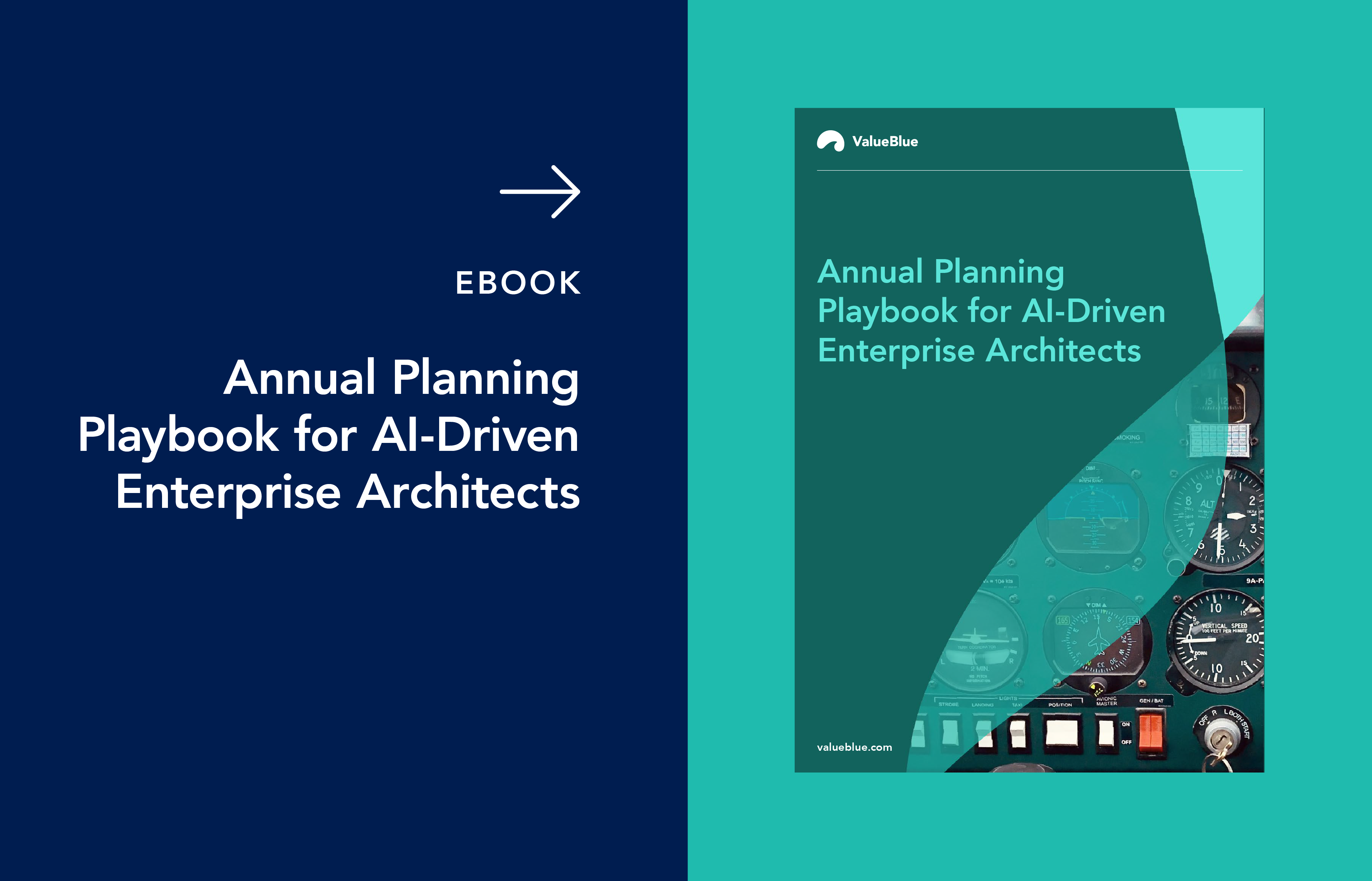When Digital Transformation Hurts: Turning Complexity Into Agile
Digitalization is a basic organizational need
For even the largest enterprises, maintaining success in a competitive industry can be challenging if the organization isn’t able to effectively harness the resources at hand.
The digital era has resulted in a paradigm shift which forces organizations to digitize their ecosystems.It’s taking over on a business level. Digitalization is not only a technology and connectivity issue – it’s inherently changing our daily life and consumer behaviour.
For organizations, digitalization is a basic need. In order to meet ever-evolving customer demands, we need to think outside-in, and to digitize our entire ecosystem, in order to create new digital business models that answer those needs.
Let’s think for a moment about eCommerce – unsurprisingly, the importance of digitalization here is growing rapidly. More and more consumers want to shop online via mobile devices and other digital channels – a one tap purchase from your Apple Watch? Yes please!
But at the same time, while the industry continues to evolve, it is also clear that it will be a long time before online shopping truly and completely replaces brick-and-mortar retail. And so the conundrum for retailers around digital transformation of their channels begins.
How digital transformation facilitates customer value
 We think of business transformation as a broad concept; essentially comprising the process of transforming a company’s practices and resources to meet a new set of requirements. The benefits are many: stronger performance in competitive markets, financial success, and improved quality – and the risks posed by failing to transform are great.
We think of business transformation as a broad concept; essentially comprising the process of transforming a company’s practices and resources to meet a new set of requirements. The benefits are many: stronger performance in competitive markets, financial success, and improved quality – and the risks posed by failing to transform are great.
To achieve this type of transformation, technology leaders must take into account their stakeholders’ needs across all levels – customers, employees, shareholders, and their communities. Open-mindedness and a drive for innovation is a key pre-requisite for teams approaching this kind of change.
A transforming business needs to get from “here” (the current state) to “there” (the desired future state). That means you not only need to know what the ideal future state of the organization’s architecture will look like, but also a clear and complete overview of the existing architecture. When it comes to enterprise agility, the business must start with its current operating model.
Digitalization, in essence, gives companies the ability to transform. It allows for easier and clearer communication with customers, and faster development of solutions and products.
Digital transformation unleashes innovation throughout the organization – enabling new products, solutions and services, and a previously unparalleled level of customer experience. Ultimately, it facilitates customer value – the key driver to success in any market.
A multitude of challenges
That said, digital transformation certainly isn’t simple or easy. Companies continually face a multitude of challenges as they try to transform. Alongside time and resource restraints, there are – of course – always difficult decisions to be made at various stages of the digital transformation process.
- Which project(s) will have the biggest business impact?
- Where is there most business-risk, and how do we solve that?
- What is the right balance of functionality vs cost when it comes to application rationalization?
- How can we maximize innovation without sacrificing day-to-day operations?
- And so the list continues…
Perhaps one of the biggest challenges faced is the ability to make real progress on what seems like an endless number of projects. There are so many variables involved in an enterprise-wide digital transformation project, such as building new IT infrastructure for new technology platforms or creating entirely new solutions from scratch, that it’s difficult for teams to stay on track and prioritize the tasks needed for each stage’s success. And how can teams prioritize when they don’t know the wider impact of each project, anyway?
Balancing strategic initiatives with operational needs is no small task. Integrating different projects, like digital transformation and innovation initiatives, along with programs that address current issues such as legacy systems (in a way that they complement rather than conflict) creates complexity at a new level for most organizations.
Plus, of course, stakeholders also bring challenges to digital transformation. Naturally, enterprise-wide digital transformation involves many stakeholders from across various levels of the organization. It is vitally important, then, that everyone not only has a clear understanding of their roles and responsibilities, but also of the organization’s long term strategic goals.
When transformation hurts
The challenge faced by most organizations is that their processes and technology simply aren’t ready for digitalization. Organizations must be able to embrace new technologies they have yet to implement, having the ability to adapt quickly and efficiently to operating in a digital world. We need to grab onto these new technologies, and embrace the change that comes with them.
It’s a process of change and transition that can be difficult to undertake even for the most forward-thinking organizations. The technology might not be right, or it might not fit into existing processes. Risk is high, so it’s important for organizations to take the right steps to avoid getting stuck in the middle of the digital transformation process.
Being able to innovate faster than your competitors allows you to gain a competitive edge; but this is about more than just having cutting[1]edge technology. Transformation requires a team of people and an organization that is ready to adapt to change quickly.
This is difficult and complex, because it is such a broad concept covering so many different aspects of an enterprise’s operations. However, there are several steps that every organization needs to take in order to better define what their own digital transformation strategy will look like.
From current state to future state: Why organizations must be agile
So how do companies go from “here” to “there”? The start of transformation is just the beginning of the journey. An agile business will achieve its business transformation by making continuous, steady, and iterative steps that take it ever closer to its target.
‘Agile’ methodology is well embedded within most companies’ technology and project management teams today – but taking an agile approach is just as valuable when adopted at organizational level. It is well proven to minimise risks and ensure that the desired corporate outcome is always achieved. Yet truly achieving real organizational agility remains rare across global businesses, large and small.
Why is agility so important for IT?
It’s no surprise, then, that agility is becoming more and more of a critical IT and architecture objective for many organizations. Enterprise agility is “the capability and practice of quickly delivering new value into production when necessary, learning from the outcomes, and adapting”. This requires the right technology and an organization that’s nimble enough to compete in today’s marketplace
Agility allows IT teams to pre-empt change and innovation for the organization. This encompasses anything from a software update going through testing phases before being approved for release, or an issue with legacy application systems that pose security risks or no longer meet the company’s needs. IT projects managed poorly cause serious problems for an enterprise’s ability to perform business. That’s why one of the core outcomes of digital transformation is an IT department that is fully capable of supporting the organization’s entire digital strategy.
While digital transformation involves many different types “Technology has always been evolving, and digital transformation is the next step in this evolution. In order to embrace the changes that new technologies bring, enterprises must be ready to change at a pace that keeps up with them.” 9 of transitions in major areas like organizational structure (people), processes, and systems (technology), it also requires (and results in) a change in mindset and culture throughout the entire company.
Critical success factors for agile transformation
Collaboration
 The most successful agile organizations generate and sustain a collaborative culture. The elements of collaboration – trust, communication, creativity, and commitment – are at the heart of agility.
The most successful agile organizations generate and sustain a collaborative culture. The elements of collaboration – trust, communication, creativity, and commitment – are at the heart of agility.
Digital transformation is the result of the collaboration of different departments and business units – from Marketing to Legal, Operations to HR – no function is exempt.
As the saying goes: communication is key. There are a number of steps that can be taken to help foster a collaborative culture.
Stakeholders need to be aware of their roles and responsibilities, and it goes without saying that senior leadership needs to ‘buy in’. Communication between departments should be frequent and ongoing.
And these pre-requisites extend not only to the tooling provided by IT to the rest of the business – but to the tooling utilized by IT themselves. Enterprise, Solution and Technical Architects need collaboration and input from their colleagues – both within and outside IT – in order to plan, manage and execute digital transformation initiatives in the first place.
Ultimately, collaboration is the cornerstone of what makes digital transformation a success. An organization will transform most effectively when stakeholders work together to achieve common goals.
By creating a feedback loop and a clear communication cadence or cycle that brings all stakeholders together and facilitates collaboration, Enterprise Architecture can become a much more strategic partner to the business, with full visibility of strategic objectives and priorities. By capturing the high-level vision together with on-the-ground reality, Enterprise Architects can start to break down those notorious ‘ivory tower’ walls and work on architecture that delivers deeper business impact. And by taking a data-driven approach, this collaboration will result in solution-oriented planning that aids the CIO in facilitating strategic objectives without neglecting operational requirements.
While a communication cadence can consist of regularmeetings, iterations or workshops, it doesn’t need to take that form.
Effective current state mapping
Businesses can only be ‘transformed’ in the context of how they operate today. Determining the current state of the organization’s enterprise architecture requires a clear and complete insight into business functionalities and capabilities, the existing technology stack and application landscape, business process flows and a comprehensive data catalogue.
But is insight into these architectural elements alone enough? When it comes to transformation, certainly not. Value is only realized when the ‘as is’ architecture can be tied back to strategic organizational priorities, in order to guide change.
Your IT architecture is a spider’s web of relationships, dependencies, and impact.
- If you remove Application A, which business processes are impacted?
- If Metric X is a strategic ambition, which project(s) take priority? Which business capabilities are key? And thus, which processes need to change?
- If data in Database C is modified, which processes will be impacted? How will this affect business capabilities, and which ones?
The potential ‘what ifs’ when it comes to impact assessment can seem almost infinite, depending on the size of the enterprise. That’s why a clear current state analysis or blueprint is vital, not only for ongoing architectural governance, but for guiding strategic decision-making and achieving agile transformation.
Simply put – it’s impossible to successfully transform a complex system you don’t understand. Many organizations stop here. But the long-term goal of effective current state mapping for a transforming organization is to create a clear vision for the future state of the enterprise’s digital transformation.
Remaining operational while transforming strategically, with ‘just enough’ architecture
Striking the right balance between strategic transformation initiatives and effective governance of daily operations is a conundrum faced by the majority of technology executives and project management leaders.
How do we balance support, versus control? Architectural guidelines and documentation are more important than ever before, but how do we avoid over-documenting, and instead provide lean, ‘just- enough’ designs that speed up project delivery?
Thankfully, agility as an organizational paradigm renders complete ‘top down’ process, planning and control questionable. Instead, it brings with it a potent combination of top-down oversight and bottom-up execution.
Agile Business Transformation involves governing an adaptive architecture that aligns with your strategic business objectives.
By focusing on value delivered to the customer, this approach offers you an outside-in perspective on your organization’s value chains – decomposing these into business capabilities and giving you a clear view of what needs to be addressed or improved.
By drilling down into these capabilities, you’re then able address issues within the underlying architecture.
This is capability-based planning at its best. Taking this agile approach allows you to fully address issues in the value chain, and directly pinpoint the operational changes that need to be made in the architecture to solve issues and answer customer demand.
This way, you’re fully governing your architecture with an outside in approach – and one that’s fully aligned with the organization’s strategic objectives. As a result, customer demand, business strategy, and operations are completely connected and perfectly in tune with each other.



